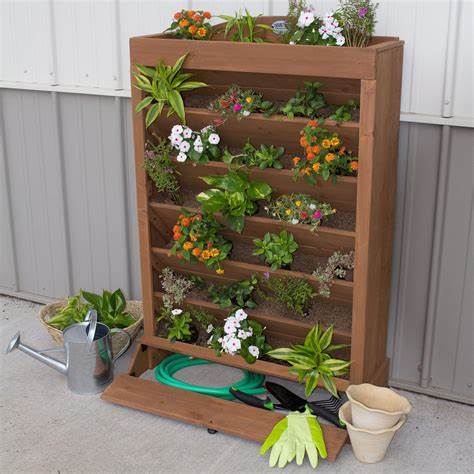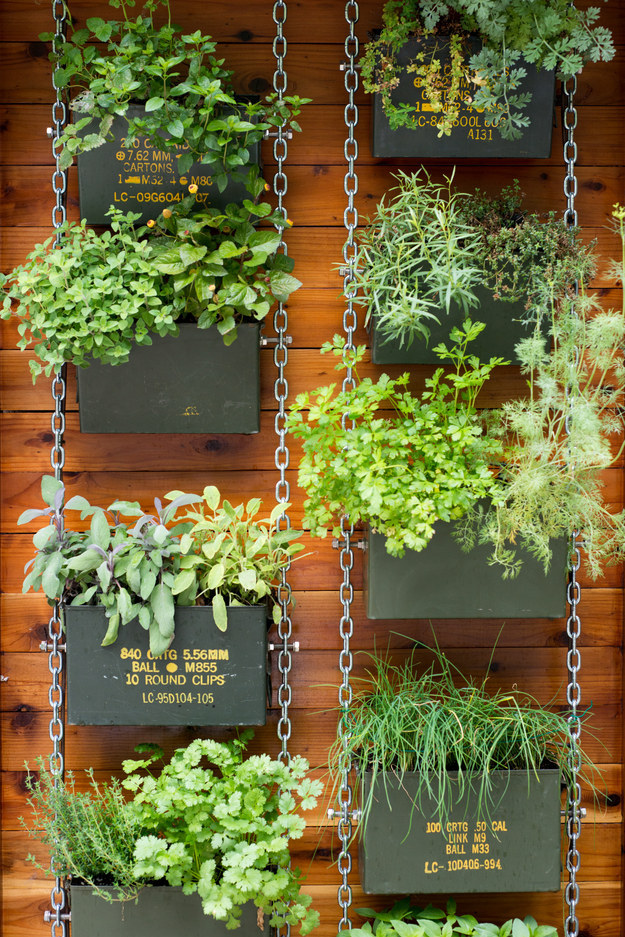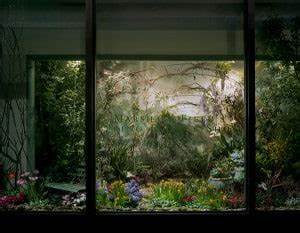
Introduction
Vertical gardens, also known as living walls or green facades, have become a captivating phenomenon in the world of urban design. These stunning displays of nature offer a unique solution to the challenges faced by cities when it comes to space limitations and environmental concerns. In this article, we will explore the historical background, key concepts, benefits, and potential future of vertical gardens.
Historical Background
Vertical gardens have a rich history that dates back to ancient civilizations. One notable pioneer in this field is the Hanging Gardens of Babylon, one of the Seven Wonders of the Ancient World. However, it wasn’t until the 20th century that vertical gardens began gaining popularity once again, with notable events such as Patrick Blanc’s invention of the hydroponic vertical garden system.
Key Concepts and Definitions
Vertical gardens are structures that allow plants to grow vertically, either on walls or in specially designed containers. These gardens consist of key components such as a support structure, irrigation system, and plant selection. The benefits of vertical gardens include improved air quality, reduced urban heat island effect, and increased biodiversity. Terms related to vertical gardens, such as hydroponics, living walls, and green facades, are also introduced and explained.
Main Discussion Points
Environmental Benefits of Vertical Gardens
Vertical gardens play a crucial role in environmental sustainability. They contribute to air purification and carbon sequestration, helping to combat pollution and climate change. Additionally, these gardens can help reduce the urban heat island effect by providing shade and cooling the surrounding areas. Moreover, vertical gardens have the potential to improve biodiversity in urban areas by providing habitats for various plant and animal species.

Health and Well-being Benefits of Vertical Gardens
Vertical gardens offer numerous health benefits. They improve indoor air quality by filtering toxins and releasing oxygen, creating a healthier and more pleasant environment. Furthermore, the presence of green spaces in urban environments has a positive impact on psychological and emotional well-being, reducing stress and promoting relaxation. In workplaces, vertical gardens have the potential to improve productivity and create a more conducive work environment.
Economic and Social Impacts of Vertical Gardens
Vertical gardens have far-reaching economic and social implications. They can increase property value by enhancing the aesthetic appeal of buildings. Moreover, these gardens contribute to energy savings by providing insulation and shade. In terms of social impact, vertical gardens promote community development and social cohesion by creating shared green spaces for residents to enjoy. They also have the potential to provide food security and contribute to local food production, addressing the growing need for sustainable agriculture.
Case Studies or Examples
Successful vertical garden projects around the world serve as inspiring examples of the potential of this innovative concept. For instance, the Bosco Verticale in Milan, Italy, has revitalized the cityscape with its lush greenery, while the Gardens by the Bay in Singapore showcases the integration of vertical gardens into modern urban planning. These case studies demonstrate the positive impact of vertical gardens on the environment, community, and quality of life.

Current Trends or Developments
Recent research findings have shed light on the benefits and advancements in vertical garden technology. Studies have shown that vertical gardens can improve air quality by reducing pollutants and absorbing harmful gases. Moreover, emerging trends and technologies, such as modular systems and automated irrigation, are making vertical gardens more accessible and sustainable. Furthermore, the growing popularity of vertical gardens in architecture and urban planning highlights their potential for widespread adoption.
Challenges or Controversies
Despite their many benefits, vertical gardens also face challenges and controversies. Maintenance and sustainability are key concerns, as these gardens require careful monitoring and irrigation systems to thrive. Critics argue that the use of resources such as water and energy in vertical gardens may outweigh their environmental benefits. Additionally, differing viewpoints on the aesthetics and practicality of vertical gardens create a debate within the urban design community.

Future Outlook
Looking ahead, vertical gardens have a promising future. They have the potential to be integrated into smart cities and sustainable urban planning, contributing to a greener and healthier living environment. The mainstream adoption of vertical gardens would have significant implications for urban landscapes, fostering a harmonious coexistence between nature and urban development.
Conclusion
In conclusion, vertical gardens have emerged as a transformative solution to the challenges faced by urban spaces. Their historical significance, key concepts, environmental, health, economic, and social benefits, as well as case studies and current trends, highlight their potential for widespread adoption. The challenges and controversies surrounding vertical gardens must be addressed to ensure their long-term sustainability. As these gardens continue to gain popularity, they have the power to reshape our cities and improve the quality of life for urban dwellers.
References
For further reading and research on vertical gardens, we recommend the following resources:
“The Vertical Garden: From Nature to the City” by Patrick Blanc
“Gardens of the High Line: Elevating the Nature of Modern Landscapes” by Piet Oudolf and Rick Darke
Vertical Garden Institute (website)
International Living Future Institute (website)
National Association of Professional Vertical Gardeners (website)




